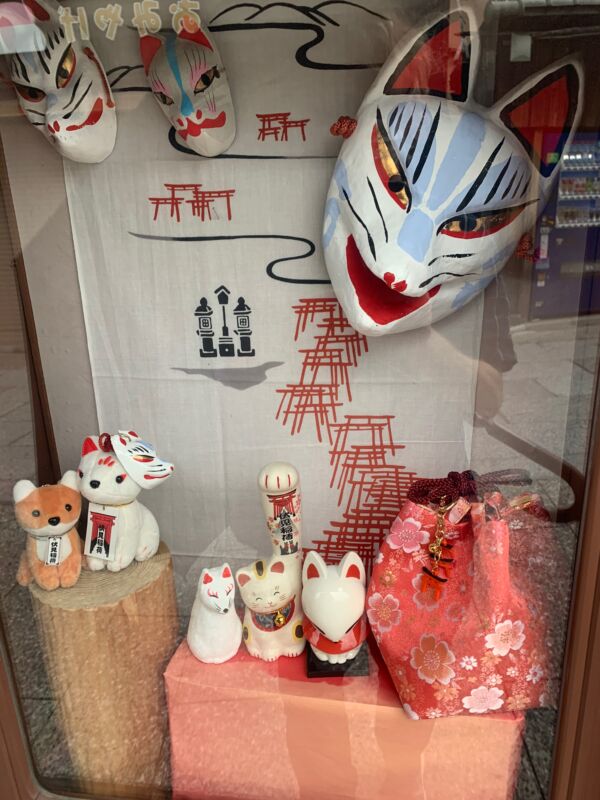
With the cessation of tourism due to the Corona virus, Kyoto has taken on a very different atmosphere. This is apparent in the closed museums and empty downtown streets, but is nowhere more evident than at Fushimi Inari Taisha.
In recent years the shrine has been acclaimed as the number one tourist sight in the whole of Japan. The approach roads were packed with so many visitors it was hard to push through. Entering into the famous tunnel of torii was not so much a spiritual induction as a physical challenge. Only towards the top of the holy hill was there any sense of serenity.
What a difference a virus makes! Visiting the shrine yesterday was a reminder of how things must have been in prewar times when visitors were few and far between. The wide open spaces provided ample opportunity for contemplation of the shrine’s rich array of sacred sites. In this way one could sense the shrine had truly regained its spiritual allure.








I visited Fushimi Inari-taisha on a weekday afternoon in the spring of 1998 (or 1999; it was a long time ago), and had the shrine and the mountain practically all to myself. The atmosphere was set by a group of elderly women chanting in front of one of the sub-shrines, and as it was a cloudy day the mountain took on an almost-eerie atmosphere as the daylight began to fade in the late afternoon.
Then one day Instagram came along, and Japan hasn’t been the same since…
Extraordinary to think of the changes the hillside has undergone from secluded backwater to no. 1 tourist site, and now back to empty again. I once had a similar experience to yours, walking up the hill in pre-mass tourism days and coming across a group of chanting worshippers completely hidden from view in a dip behind a large altar rock…
I don’t meant to be a tourist complaining about the tourists, but I visited in 2008 and 2009 and was shocked by the change in numbers to Kyoto and Fushimi Inari Taisha in 2017. It was difficult to walk around and now I understand the articles I’ve read in the papers about complaints from the locals. I’m not sure what can be done about numbers, but I’m hoping more instructions about where to stand and what to do (or not do?) will help? If I visit Japan again I might try to find a more rural location that could use my tourist money.
I would love to read more about the specific sights at Fushimi Inari Taisha and the history behind them. There was a dance being performed while we were there last and it was beautiful.